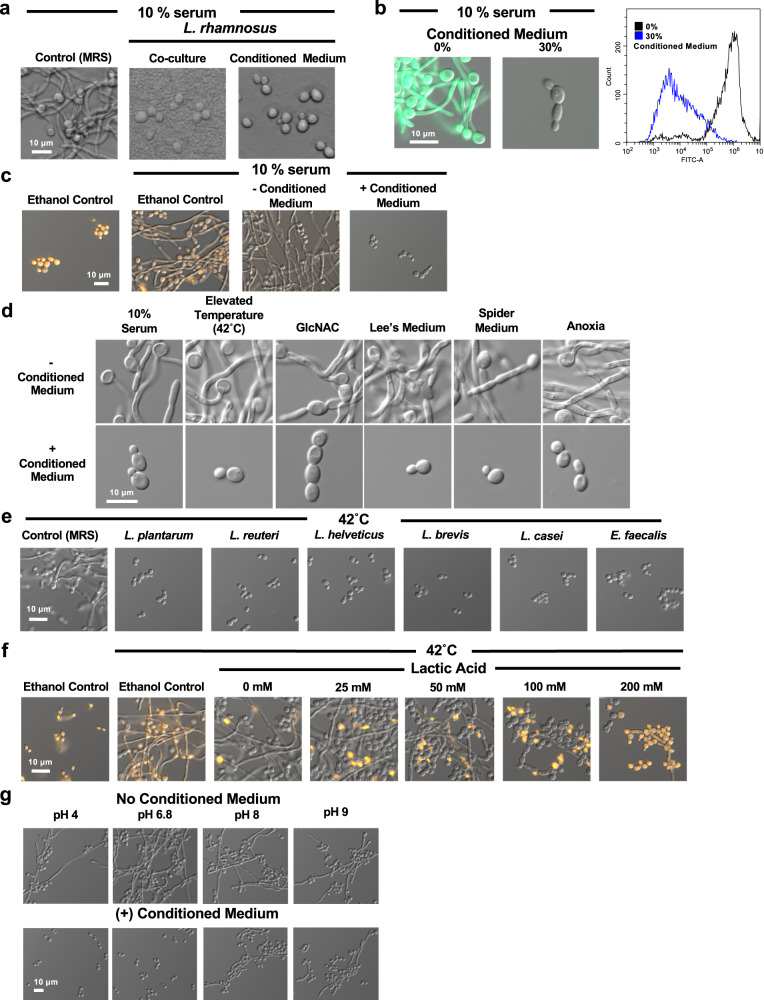Fig. 1. L. rhamnosus secretes a small molecule that inhibits C. albicans hyphal morphogenesis.
a C. albicans grown in 10% serum at 37 °C was treated with 30% v/v MRS medium, 30% v/v MRS with L. rhamnosus, or 30% v/v L. rhamnosus-conditioned medium for 3 h. Representative images are shown of three biological replicates. b A C. albicans pHWP1-GFP reporter strain was treated with L. rhamnosus-conditioned medium in to 10% serum. Cells were analyzed by flow cytometry. Histogram depicts the distribution of gated events for the indicated relative fluorescence intensities. Data represent two biological replicates. Source data are provided as a Source Data file. c C. albicans was cultured in the absence or presence of 10% serum and conditioned medium, as indicated. Aliquots of yeast and serum-induced cells were treated with 70% ethanol as a control for cell death. Cells were stained with propidium iodide and fluorescence was visualized. Data represent two biological replicates. d L. rhamnosus-conditioned medium blocks C. albicans filamentation in response to diverse inducing cues, including elevated temperature (42 °C, 6 h, YPD), 10% serum (37 °C, 3 h, YPD), 5 mM N-acetylglucosamine (GlcNAc; 37 °C, 3 h, YPD), Lee’s Medium (37 °C, 6 h), Spider Medium (37 °C, 6 h), and growth under anerobic conditions (37 °C, 4 h, YPD). Data represent three biological replicates. e Conditioned-medium (30% v/v) from strains capable of blocking hyphal morphogenesis in response to elevated temperature (42 °C, 6 h) without significantly impacting growth are shown. Data represent two biological replicates. f Cultures of C. albicans were grown at 30 °C or 42 °C and subjected to a gradient of lactic acid concentrations as indicated. Cultures were treated as described in (c) and data represent two biological replicates. g C. albicans was incubated at 42 °C for 6 h in the absence or presence of 30% v/v L. rhamnosus-conditioned medium. The pH of the medium was adjusted to desired values as indicated. Data represent two biological replicates.

